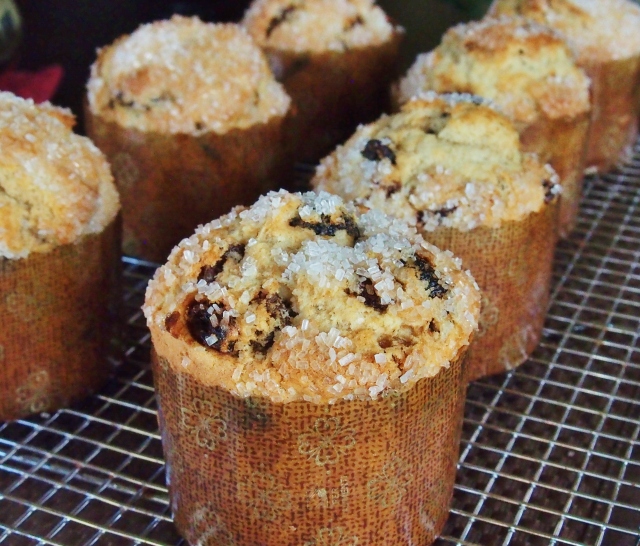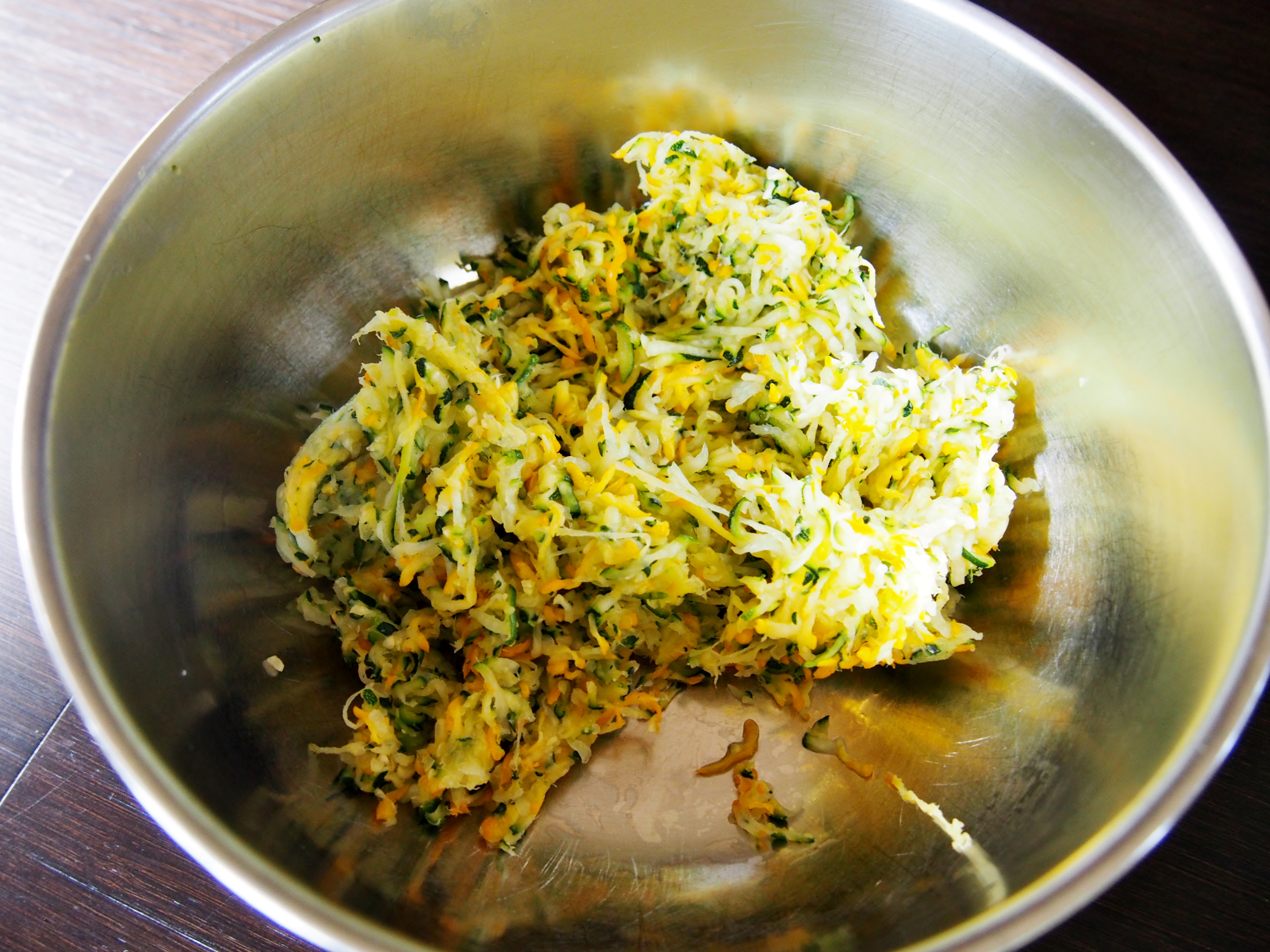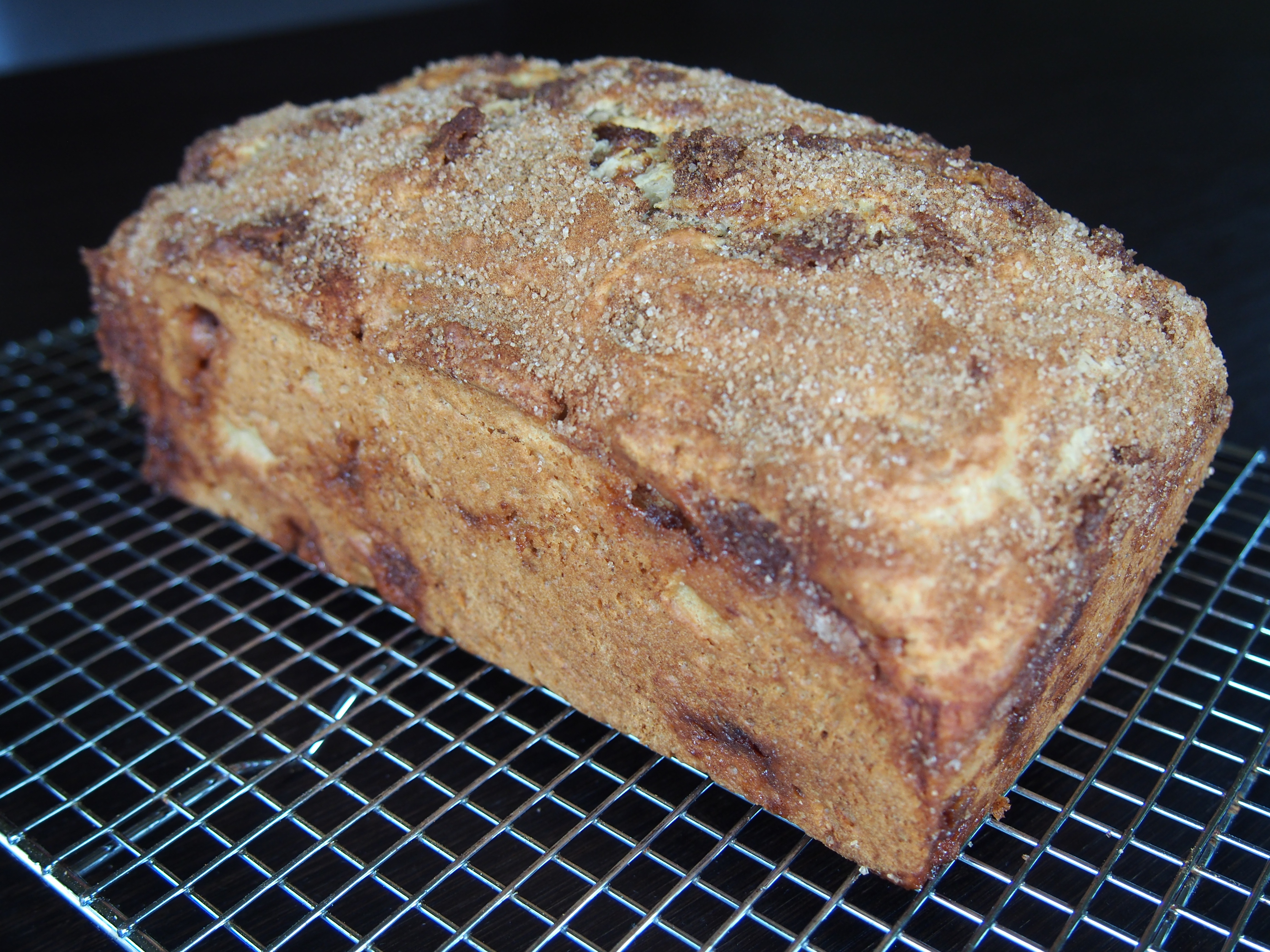
A few weeks ago, I ordered a new-to-me ingredient from King Arthur Baking Company, Fiori di Sicilia. It’s a blend of citrus and vanilla with a subtle floral aroma that reminds me of an Orange Julius. This secret ingredient can be added to cakes, cookies, sweet breads, muffins, and scones for a lovely mysterious flavor that you just can’t quite put your finger on when describing.
Eager to bake something with it, I turned to the King Arthur website for a recipe and chose Panettone Muffins. Perfect for the season and I had all the ingredients on hand. Fiori di Sicilia (flowers of Sicily) is traditionally used in Panettone, which is a classic Italian Christmas yeast bread. If you don’t have the Fiori di Sicilia, you can sub orange extract or orange essence, or just leave it out. You won’t get that special “je ne sais quoi,” but will still have a mighty tasty muffin.
The recipe calls for soaking the dried fruit in ¼ cup of apple juice, orange juice, or rum, but after reading the comments, I followed a suggestion and used Cointreau, an orange flavored liqueur (plan ahead and start the soaking the day before—it’s worth the extra time). To make the muffins partially whole-grain, I subbed in whole wheat pastry flour for some of the white all-purpose. If you don’t have the whole wheat, just use all-purpose for the full flour amount.
Made on a Saturday morning, we had them with scrambled eggs for a delicious treat that tasted like Christmas. Wanting to use my pretty muffin papers that hold more batter than a typical muffin pan, we ended up with a size in between regular and jumbo. If you do that too, you’ll need to increase the baking time.
Enjoy! And merry Christmas!




Panettone Muffins
1 ½ cups diced dried fruit (I used a combination of dried cherries, cranberries, gold and regular raisins)
¼ cup apple juice, orange juice, or rum (or do what I did and use Cointreau or another orange liqueur)
4 tablespoons butter, at room temp
2 tablespoons vegetable oil (I used grapeseed—any neutral oil will do)
2/3 cup granulated sugar
2 large eggs, at room temp
¼ teaspoon Fiori di Sicilia (you can sub orange extract or orange essence, or just omit)
1 teaspoon pure vanilla extract
2 teaspoons baking powder
½ teaspoon fine grain salt
1 ¼ cups all-purpose flour
1 cup whole wheat pastry flour
2/3 cup milk
Several tablespoons of coarse sugar (turbinado, demerara, or sparkling sugar)
In a small bowl, mix the dried fruit with the juice or booze. Cover and let it rest overnight, stirring it up occasionally so the fruit is evenly saturated. You can speed this up by heating the fruit and liquid in the microwave until very hot and then letting it cool to room temperature, although I think it really benefits from the longer soaking time.
Preheat the oven to 375 degrees F. (or 350 on a convection setting). Lightly grease a 12-cup or two 6-cup muffin tins. If you use muffin papers, lightly spray them before adding the batter so the paper will come off the muffins easily.
In a medium mixing bowl, beat the butter, oil, and sugar together until smooth. Add the eggs and beat to combine. Stir in the Fiori di Sicilia and vanilla.
In a small bowl, whisk together the baking powder, salt, and flours. Stir the dry ingredients into the butter mixture alternately with the milk, starting and ending with the flour mixture and making sure everything is thoroughly combined.
Stir in the dried fruit and include any remaining liquid.
Spoon the batter evenly into prepared muffin pans or cups. Sprinkle the tops generously with the coarse sugar. Bake for 18-20 minutes (for standard muffins. If making larger ones, the cooking time will need to be increased), until a toothpick stuck in the middle comes out clean or with just a few crumbs clinging to it.
Remove muffins from the oven and let them sit in the pan for a few minutes before moving them to a cooling rack. Makes 12 standard muffins, or in my case, with the larger muffin papers, 7.
One comment after the recipe on King Arthur’s webpage said they are even better the next day and we’ll find out tomorrow if that’s true. With the boozy fruit and Fiori di Sicilia, I’m betting that will be the case.









































